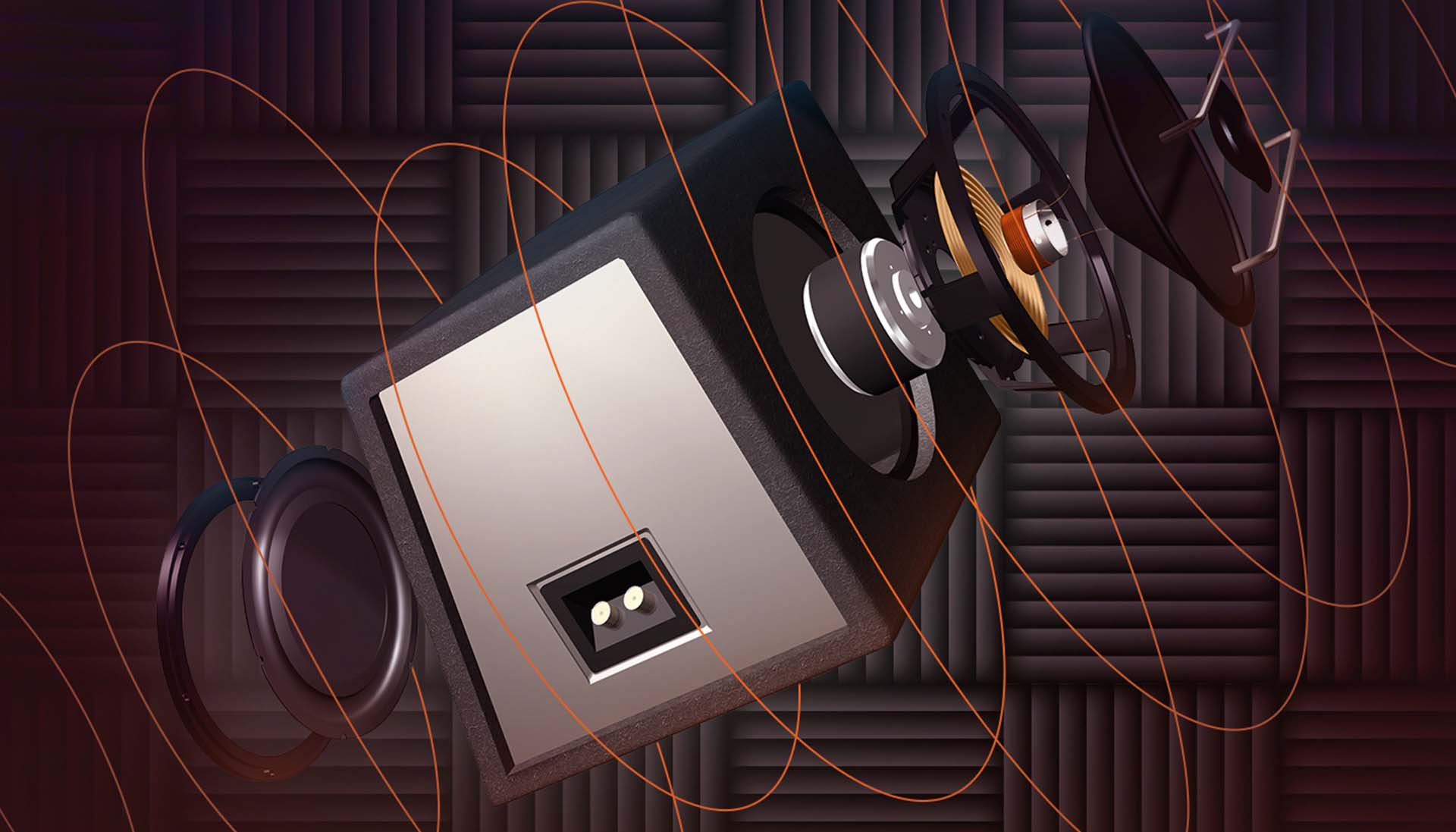Unlocking Desired Audio Quality with T/S Parameters
PUI Audio offers a range of high-quality speakers known for their excellent frequency response and durability in harsh environments. Recently, we introduced a new lineup that includes models capable of withstanding extreme conditions. Our expertise in optimizing speaker performance ensures that our products deliver low total harmonic distortion and maintain reliability. Key parameters, such as Thiele/Small (T/S) parameters, shape the performance of our speakers, making them ideal for various applications requiring compact and powerful audio solutions.


Understanding Thiele/Small (T/S) Parameters
Designing a loudspeaker enclosure requires a deep understanding of the electrical and mechanical elements that shape speaker performance, known as Thiele/Small (T/S) parameters. These parameters are crucial in optimizing the sound emitted by a speaker system, largely influenced by the design of its enclosure. A well-designed enclosure isolates the front and rear waves of the speaker, preventing interference and enhancing audio clarity.

Key T/S Parameters
- Resonant Frequency (Fs): The natural resonating frequency of the speaker, measured in Hertz.
- Electrical Q (Qes): Efficiency of the internal electrical circuit, affecting overall performance.
- Mechanical Q (Qms): Efficiency of the mechanical suspension, influencing diaphragm control.
- Total Q Factor (Qts): Combination of Qes and Qms, indicating the speaker’s low-frequency performance. Lower Qts values (below 0.7) are preferable for minimal peaking in sealed enclosures.
- Equivalent Volume of Air (VAS): Volume of air with the same compliance as the speaker, used for sealed boxes.
- DC Resistance (Re): Voice coil resistance, impacting electrical properties and power handling.
- Effective Piston Area (Sd): Diaphragm area actively generating sound, affecting efficiency.
- Maximum Linear Excursion (Xmax): Maximum diaphragm movement, determining low-frequency reproduction ability.
- Power Handling (Pe): Maximum power capacity, defined by thermal power rating.
- Force Factor (BL): Motor strength, a product of magnetic field strength and wire length in the magnetic field.
Practical Application of T/S Parameters
T/S parameters are critical in selecting and designing speakers, ensuring alignment with the intended application. For instance, speakers designed for human voice reproduction require a broad spectrum coverage, including low resonant frequencies. Smaller, more efficient speakers might prioritize other design aspects over low-frequency performance.
Modeling and Simulation
Integrating T/S parameters into modeling software, like BassBox, helps determine the optimal enclosure back volume. Simulations predict speaker responses across frequencies, guiding enclosure type selection, whether sealed or vented. For example, the AS04804PS speaker’s low-frequency performance can be accurately modeled using its T/S parameters and dimensions.


T/S Parameters & Dimensions of AS04804PS
Enclosure Design Impact
The choice of enclosure material and internal damping significantly affects the speaker’s response. Properly designed enclosures enhance overall system quality, leveraging precise calculations and simulations.
Sealed Box Volume and Simulated Frequency Response of AS04804PS
Conclusion
Thiele/Small parameters are foundational to speaker design, defining dynamic characteristics and enabling precise optimization of loudspeaker enclosures. By understanding and utilizing these parameters, designers can achieve optimal audio performance. For more information on our new speaker lineup or to discuss custom solutions, contact us through our contact form.
